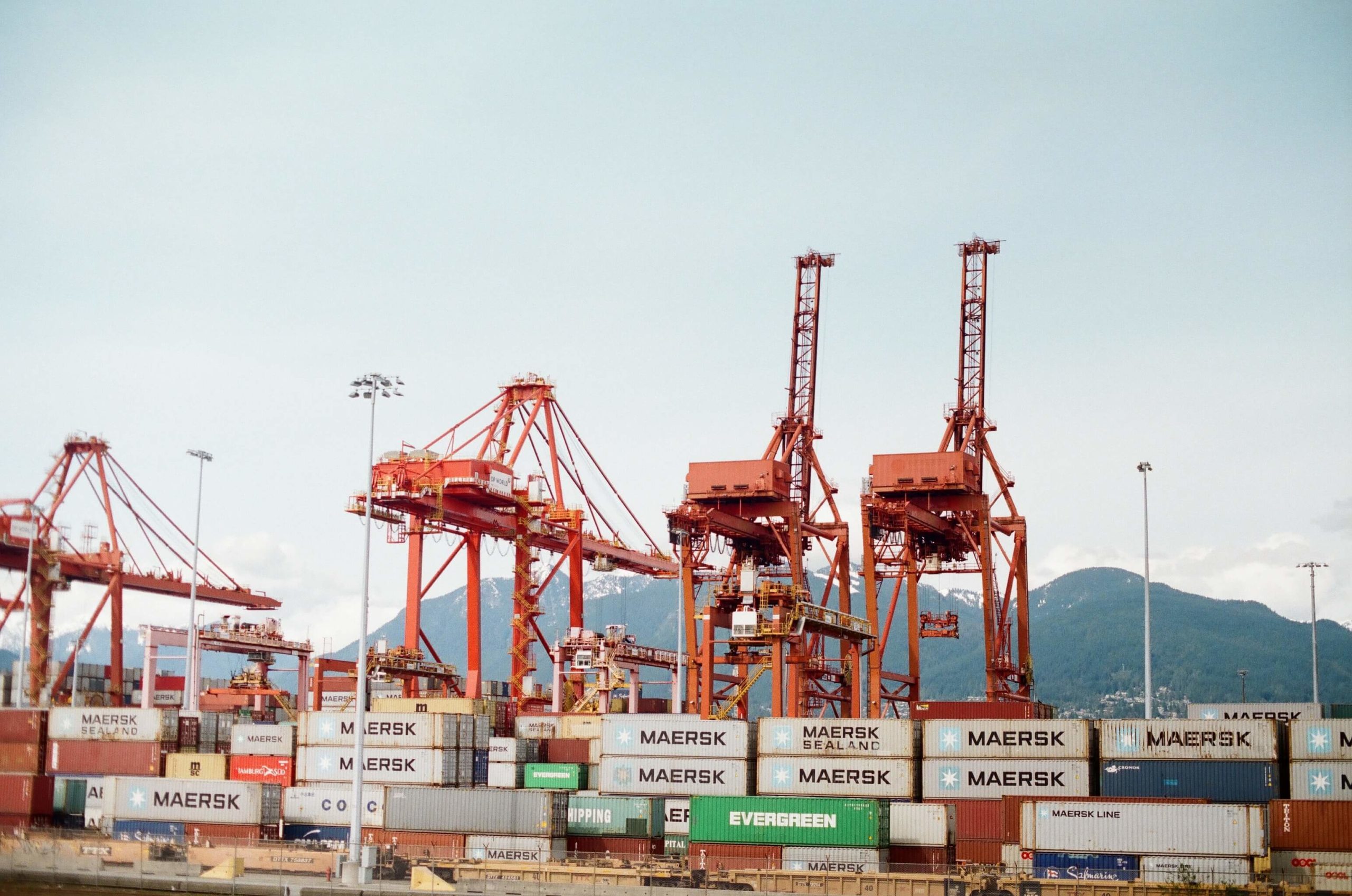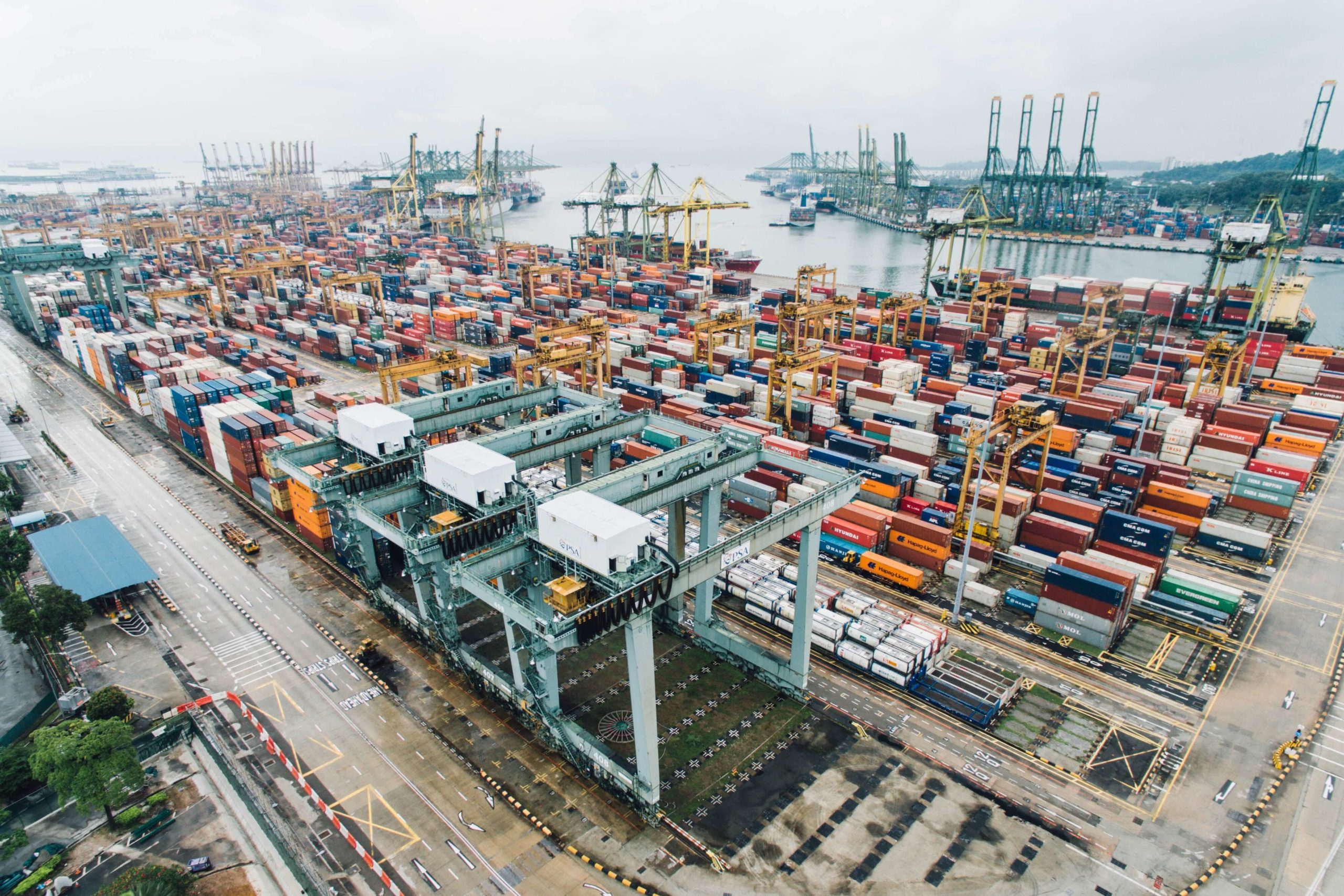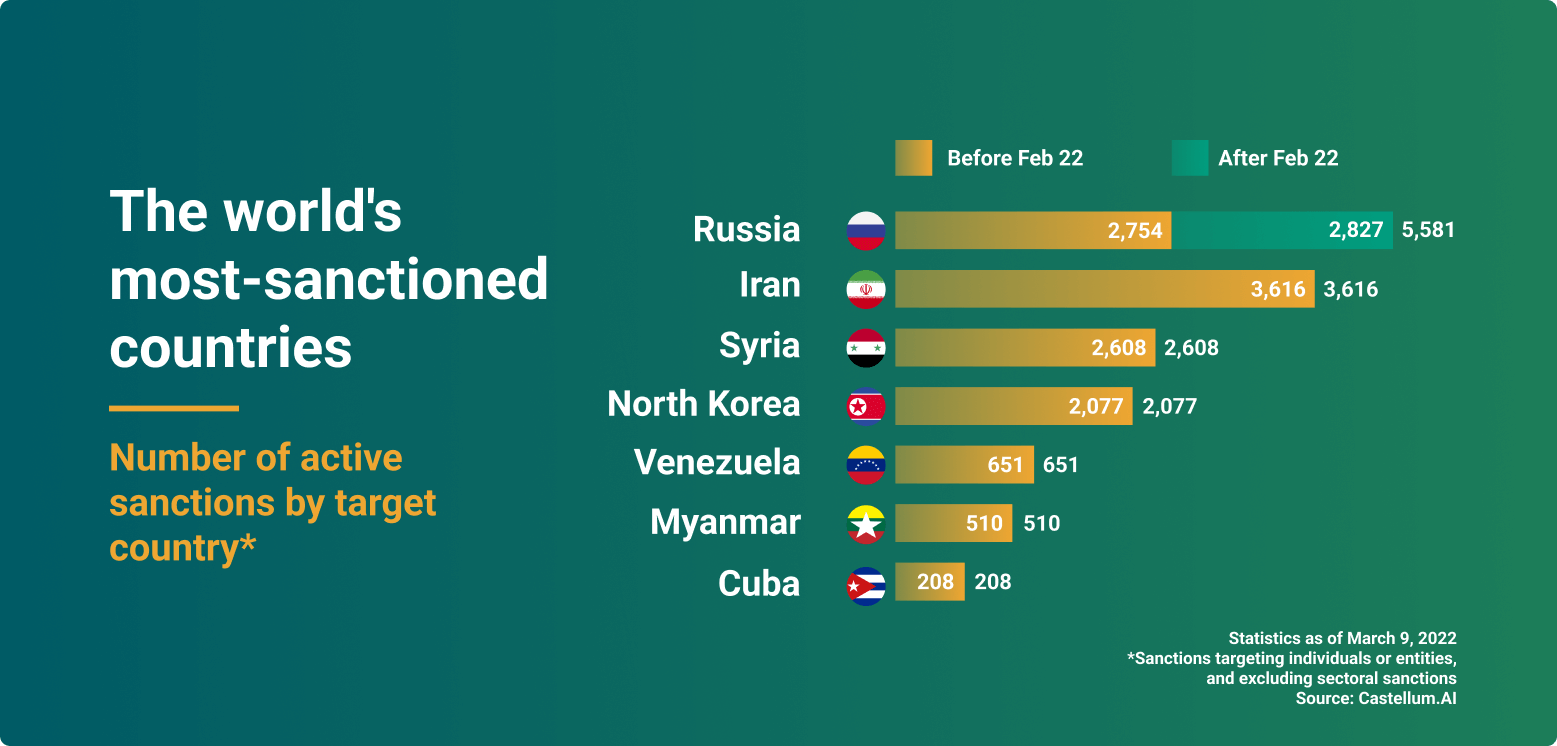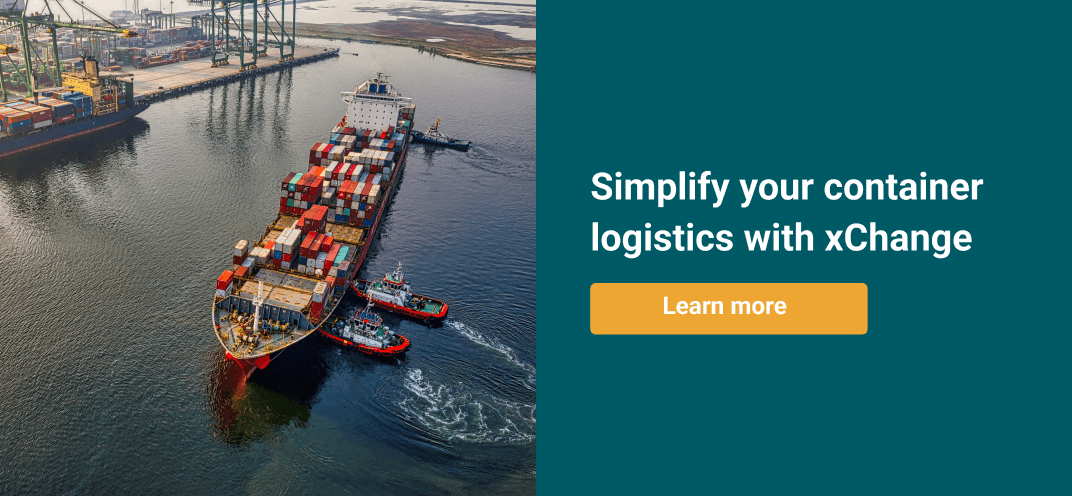So you’ve seen the headlines about trade sanctions recently, and you’re wondering how this will affect your business. If you’re in trade or logistics, sanctions can have a real impact. Read on to learn about what they are, how they affect you, and how you can come out on top.
Did you know? Russia is currently the most sanctioned country in the world, followed by Iran, Syria and North Korea. If you’re involved in trading, it’s important to know what the most recent sanctions are, so you can avoid any penalties or legal issues. In this piece, we’ll help you out with all you need to know about trade sanctions.
We know that times are uncertain, and that having a strong network of trustworthy partners is more important than ever at times like these.
At xChange, we have over 1000 reliable partners, who have been vetted and pre-approved by us. We have 10,000+ quality containers available in over 2,500 unique locations around the globe.
Want to grow your network, increase flexibility and reliability during uncertain times? Why not sign up for a demo of our platform to find out how you can streamline your container logistics today? Click below to get started right away.
What are trade sanctions?
Trade sanctions are restrictions on trade with a country. They often come in the form of a ban on trading, which prevents the export or import of certain products and raw materials into or out of a country.
Sanctions are applied when a war, political, or social situation in one country is not supported by other parts of the world. These bans put pressure on the sanctioned country economically, in the hope of forcing them into a corner. They’re an alternative to going to war.
Let’s look at a quick example of how sanctions work.
During the apartheid era in South Africa, people of color were severely discriminated against. Many parts of the world imposed sanctions to put pressure on the government to stop human rights violations. These sanctions meant that a wide variety of goods exported from South Africa were no longer accepted around the world, putting serious strain on the South African economy. The sanctions also meant that South Africans had a hard time importing essential goods from other countries, leading to shortages.
The sanctions were only lifted in 1991, once apartheid was dismantled. During this time, however, the economy was seriously damaged by the lack of foreign trade.

Trade sanctions: Types of restrictions
Let’s look at the three most common types of sanctions.
Export restrictions
Export restrictions limit the type of goods you can export to a sanctioned country.
Right now, with the Russia-Ukraine conflict, countries like the US have banned the exporting of weapons into Russia. This includes any materials that could be used to make weapons. The hope is that eventually, with drastic sanctions and restrictions, Russia will run out of weapons or the materials to make more, and the war will come to an end.
Import restrictions
During sanctions, governments ban the importing of goods from sanctioned countries. This shows the sanctioned country that they’re actions are not supported. As a result, sanctioned countries end up with huge surpluses and no market to sell to. The aim of import sanctions is to cripple the economy of the sanctioned country. Again, in the hope that the country will reconsider its actions.
Read more about exporting and importing goods in this separate blog post.
Trade embargos
A trade embargo is a partial or complete ban on trade with a particular country or state. A trade embargo can last for many years.
The US has had a trade embargo with Cuba since 1958. This is because of the political situation in Cuba, which the US doesn’t support. They’re likely to lift the embargo only when the political situation in Cuba changes.
How do trade sanctions affect trade?
Trade sanctions don’t only affect sanctioned countries. They also put strain on any country trading with the sanctioned state. As a result, sanctions affect individual businesses and whole economies on either side. Let’s find out more.
How do trade sanctions affect exports?
If your business is an exporter of goods, and you export to a country that has recently been sanctioned, you may suddenly lose out on a whole market. This means that you now have excess stock to sell, and may have to drastically lower your prices in order to avoid wastage or surplus issues. Most likely, you’re going to see a decline in your profit, until you can make alternative arrangements, or find other customers to fill the gaps.
How do trade sanctions affect imports?
If your business relies on imports from a sanctioned state, you also have a problem. You’re now going to have to find other suppliers, and fast. If the sanctioned country is a big supplier in your area, you will also see major price hikes, due to high demand and low supply.
For example, China, India and Russia are currently the largest exporters of wheat in the world. They account for about 41% of the total wheat production worldwide. As of 2020, Russia exported 85,896,326 tons of rice. It’s safe to say they’re pretty a crucial agricultural trade link for many countries.
With the war in Ukraine and sanctions against Russia, there are massive wheat shortages, and prices have gone sky high. Russia is also a major supplier of fertilizer, adding an extra hurdle into the mix for farmers who import fertilizer from Russia.

How do trade sanctions affect shipping?
The shipping sector is fundamental to trading, accounting for over 90% of imports and exports worldwide. The current sanctions have affected all shipping lines, freight forwarders, and importers/exporters who trade with Russia.
Many shipping lines pass through Russian ports, collecting and dropping off cargo along the Europe-China route. To show their lack of support, major liners including Maersk, MSC, and CMA CGM have now stopped all dealings with the country. This has put pressure on the whole shipping industry, as everyone scrambles to make alternative arrangements to bypass Russia, and cargo piles up at Russian ports.
Christian Roeloffs, chief executive of Container xChange recently noted that “the situation for container availability is likely to worsen, but this will vary by port and region. Central and northern Europe is already congested, and any further trigger to the cargo flow will only worsen the state of container pile-ups.”
Sanctions have forced Russia to move more trade to rail freight, in an attempt to find alternatives to keep things moving. Various other regions have turned to rail freight too, putting serious stain on the market, leading to congestion and price hikes. Right now, alternatives to the silk route are being looked into and planned by various logistics companies, to keep trade flowing.
Read more about the state of the rail freight market due to the Russia-Ukraine war in this separate blog post.
Current trade sanctions
Russia is currently the most sanctioned country in the world. Governments worldwide have banned the import and export of certain products, in order to make their political standpoint clear, and show that they don’t support Russia’s actions.
There are currently 5,581 sanctions imposed against Russia. Countries with sanctions against Russia include the US, Canada, and the European Union. In total, 30 countries have imposed sanctions so far.
Below, you can see the countries that currently have the most sanctions against them:

How to work around trade sanctions
Although it’s not possible to avoid sanctions legally, there are ways to work around them. For example, if you import goods or raw materials from Russia, you’ll need to look for suppliers elsewhere for the time being.
Think of the wheat example again. Currently there’s a shortage of wheat in Europe due to the sanctions against Russia. European countries are now looking elsewhere for imported crops. The tricky part is finding other suppliers that will sell wheat at a decent price. Due to high demand and low supply, prices tend to shoot up dramatically.
If you export goods to Russia, you’ll need to find new markets to sell to, otherwise you run the risk of surplus issues. If your business usually outsources the refining or packaging of a product to Russia, you’re also going to have to look elsewhere for these services. Or, you could expand your business to include packaging and refining. This means you won’t have to rely on middle men during times of economic uncertainty, strengthening your supply chain.
Many exporters also attempt transshipment, as a way to get into the sanctioned country. However, this isn’t ethical, and may not even work out in most cases. Read more about transshipment in this blog.
Remember, ignoring trade restrictions and sanctions could lead to massive fines, and even jail time. It’s not worth jeopardizing your business, so make sure you make alternative arrangements to keep afloat. The upside to difficult times? They call for creativity and innovation.
Trade sanctions: Keep up to date with industry news with Container xChange
You might be wondering, what exactly is xChange?
Container xChange is a transparent, neutral online marketplace for buying, selling and leasing shipping containers of all kinds.
We’ve got 10,000+ boxes available, from over 2,500 locations worldwide. Whether you’re looking for containers to buy or lease, we’ve got you covered.
On our platform, you can finally get price transparency, and even better, reliability. All of our partners are vetted and pre-approved, so you can feel secure in all of your business dealings.
Search for containers, strike deals, send invoices and make payments, all on one convenient platform.
Interested in how we help our partners expand into new markets? Click here to read a customer success story.
If you want to join hundreds of other successful partners, streamline your container logistics process and grow your network, sign up for a demo of our easy-to-use platform today. One of our friendly experts will contact you shortly to set up a time. Don’t wait, change the way you work today. You’ll never look back. Click below to get started.👇
What are some examples of sanctions?
Some examples of sanctions include the US trade embargo against Cuba (1958), US sanctions against Syria (1986), and current international sanctions against Russia due to the Russia-Ukraine war.
What countries currently have trade sanctions?
Currently, the following countries have trade sanctions against them: Russia, Iran, Syria, North Korea, and Cuba.
What types of trade restrictions are there?
There are a few types of trade restrictions, including trade embargoes, sanctions, and import/export restrictions.
Which countries does the US currently have sanctions against?
The US currently has sanctions against Russia, Syria, Iran, and North Korea.




